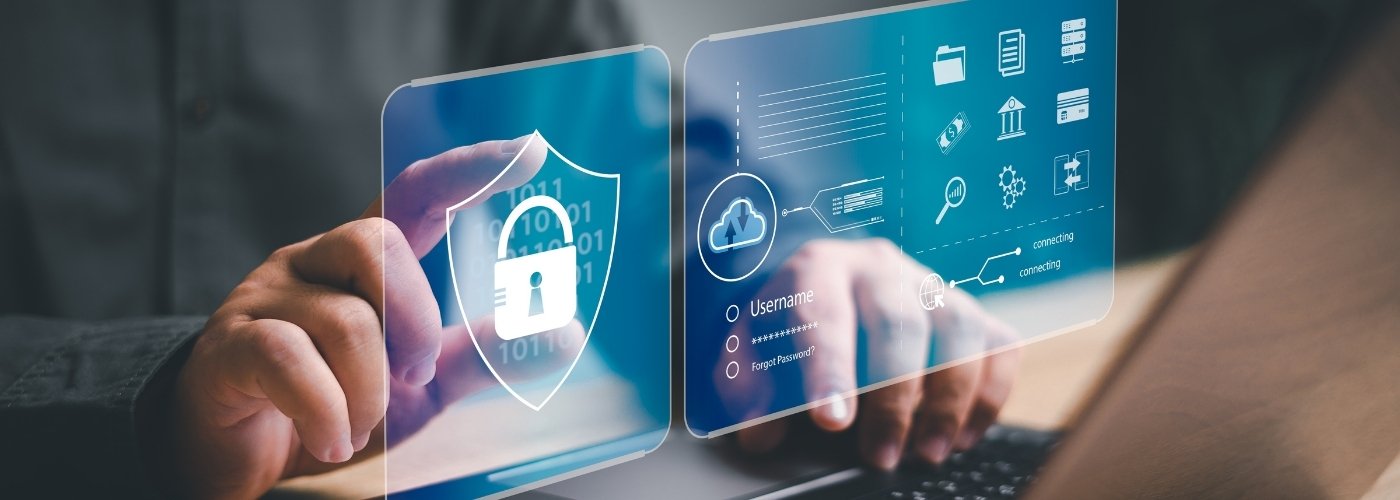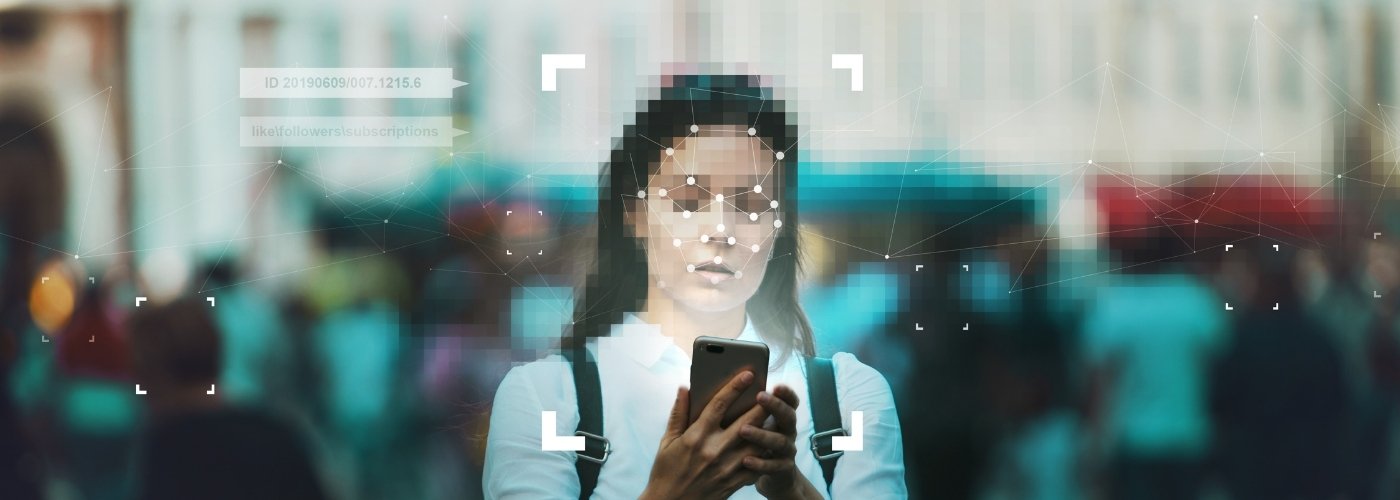In today’s digital age, data is one of the single most valuable assets we possess. Whether it’s personal information, financial data, or business secrets, safeguarding data is essential. To navigate the complex landscape of data security, it’s crucial to comprehend the distinctions between data protection and data privacy and to understand how to safeguard sensitive information effectively.
Data Protection vs Data Privacy
Before diving into the specifics of data security, it’s essential to clarify the difference between data protection and data privacy. These terms are often used interchangeably, but they refer to distinct aspects of safeguarding information.
Data Protection: This concept primarily revolves around the technical and organizational measures employed to secure data from unauthorized access, alteration, or destruction. It encompasses practices such as encryption, access controls, and regular backups. Data protection is more concerned with the methods and tools used to keep data safe.
Data Privacy: Data privacy, on the other hand, is about controlling and managing the use of data. It focuses on ensuring that individuals have control over their personal information and that organizations handle data in a lawful and ethical manner. Compliance with data privacy regulations like the General Data Protection Regulation (GDPR) is a significant aspect of this.
What Type Of Data Requires Strong Protection?
Not all data is created equal, and not all data requires the same level of protection. Understanding which types of data need robust safeguarding is essential for developing an effective data security strategy.
Personal Identifiable Information (PII): PII includes data such as names, addresses, Social Security numbers, and email addresses. This information is highly sought after by cybercriminals for identity theft and fraud. Protecting PII should be a top priority.
Financial Data: Credit card numbers, bank account details, and financial transaction records must be kept secure. Unauthorized access to financial data can result in substantial monetary losses.
Healthcare Information: Protected Health Information (PHI) is subject to strict regulations like the Health Insurance Portability and Accountability Act (HIPAA). Safeguarding patient records and medical histories is critical to maintaining trust in the healthcare sector.
Intellectual Property: For businesses, proprietary information, trade secrets, and intellectual property are vital assets. Theft or exposure of such data can have severe consequences.
User Credentials: Usernames and passwords are the keys to many digital assets. Ensure strong authentication measures to protect user accounts.
How Can You Protect Your Data In The Cloud
With the increasing reliance on cloud services, securing data in the cloud has become paramount. Here are some essential steps to protect your data when using cloud platforms:
Strong Authentication: Use multi-factor authentication (MFA) whenever possible. This adds an extra layer of security by requiring multiple forms of verification before granting access.
Data Encryption: Ensure that your data is encrypted both in transit and at rest. This makes it difficult for unauthorized parties to decipher your information, even if they gain access to it.
Access Controls: Implement strict access controls to limit who can view and modify data. Regularly review and update permissions to reflect personnel changes or evolving security needs.
Regular Backups: Regularly back up your data, and ensure that these backups are stored securely. In the event of data loss or a ransomware attack, having clean backups can be a lifesaver.
Security Updates: Keep your cloud infrastructure and applications up to date with security patches. Cybercriminals often target known vulnerabilities.
Security Training: Educate your team about best practices for data security in the cloud. Human error is a common cause of data breaches, so training is essential.
How To Protect Yourself After A Data Breach
Despite our best efforts, data breaches can still occur. When they do, it’s crucial to respond swiftly and effectively to mitigate the damage. Here are steps you should take after a data breach:
Contain the Breach: Identify and isolate the affected systems to prevent further unauthorized access.
Notify Affected Parties: If personal data has been compromised, inform the individuals affected as soon as possible. Transparency is key to maintaining trust.
Cooperate with Authorities: If required by law, report the breach to relevant authorities and regulatory bodies.
Forensic Analysis: Conduct a thorough investigation to determine the scope and impact of the breach. This will help you understand how it occurred and how to prevent future incidents.
Enhance Security Measures: Strengthen your security protocols, update passwords, and apply patches to prevent a recurrence of the breach. You may also benefit from considering a server upgrade.
Monitor for Identity Theft: Offer affected individuals resources and guidance on monitoring their accounts and protecting themselves from identity theft.
Understanding data protection and data privacy is crucial in today’s digital world. By recognizing the distinctions between these concepts and implementing best practices for safeguarding sensitive data, individuals and organizations can better protect their information from cyber threats. In the unfortunate event of a data breach, a swift and comprehensive response can help mitigate the damage and rebuild trust. Stay informed and proactive in the ongoing quest to protect your data.






More to Read
WebsitePlanet.com about Cloud Repatriation
Learn more about Cloud Repatriation, its challenges, and how to solve them effectively
May
HostingAdvice.com about Sharktech’s Las Vegas Data Center
Check how Sharktech solved one of the biggest connectivity problems in Las Vegas.
May
HostingAdvice.com About CAP
See what experts at hosting advice say about simplifying the development and deployment of apps
Apr
Understanding Edge Computing
In the ever-evolving landscape of technology, one term that has been gaining significant attention is
Mar
HostingAdvice.com About Sharktech
Check what one of the leading hosting news portals says about Sharktech.
Feb
Content Delivery Network Basics
In the ever-evolving landscape of web technologies, Content Delivery Network (CDN) has become a crucial
Feb